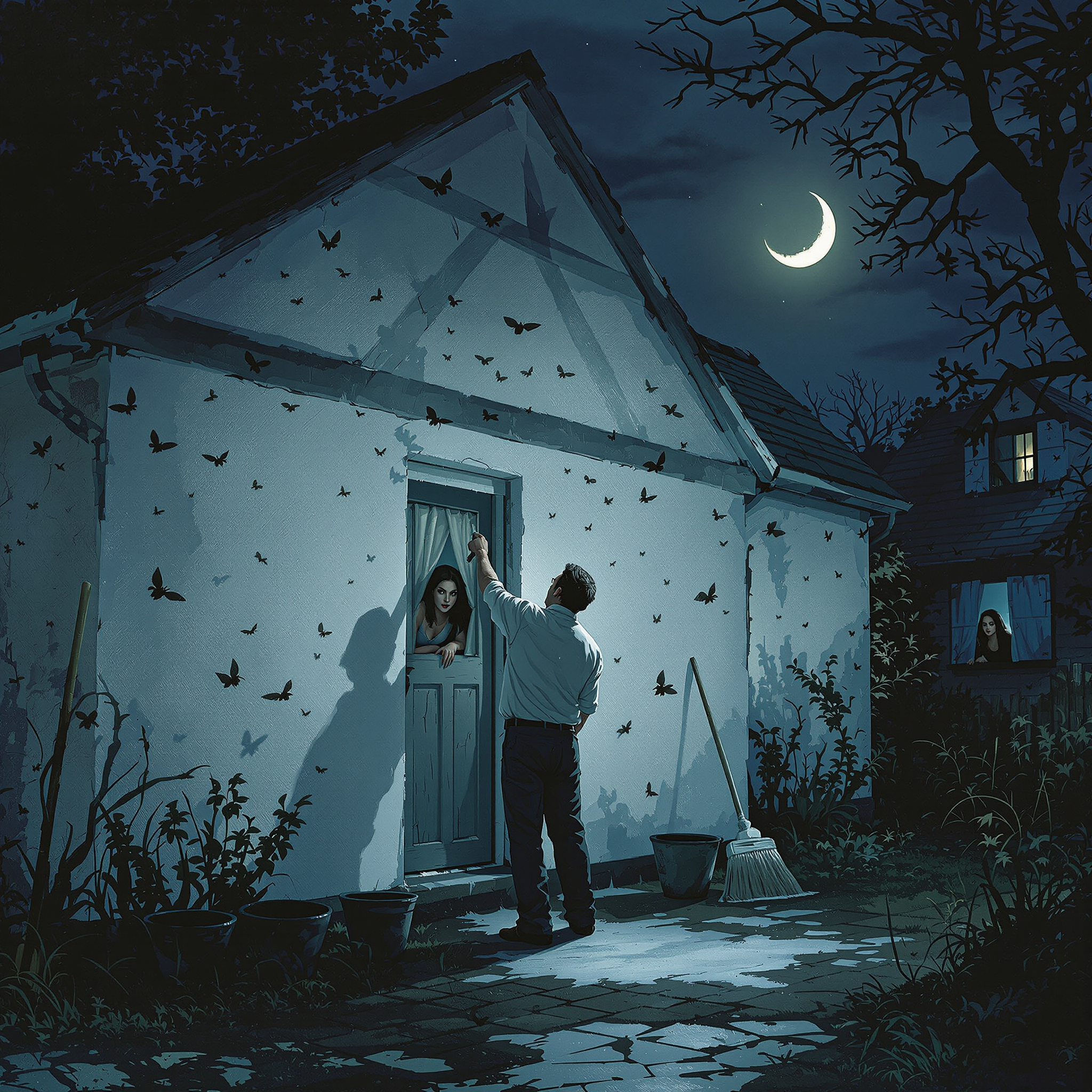The superstition warns against carrying out whitewashing—the process of applying lime-based paint to walls or ceilings—while the moon is decreasing or waning. It is believed that performing household tasks during specific lunar phases influences their effectiveness or outcomes. According to this belief, the waning moon symbolizes decline and decay, and thus is an inauspicious time for renewal-oriented actions like cleaning or painting, which are associated with freshness and cleanliness. The result of ignoring the timing is said to be increased pest activity or infestations, particularly by insects such as flies, mosquitoes, or beetles that may find conditions favorable in the freshly whitewashed environment. Some variations recommend waiting for the waxing moon, believed to be a more auspicious phase for household improvements and protection.

A baby’s future career or fate is predicted by the first object they select during a ceremonial setup.
In several Asian and Eastern European cultures, a traditional ceremony is held for babies usually around their first birthday. Known


